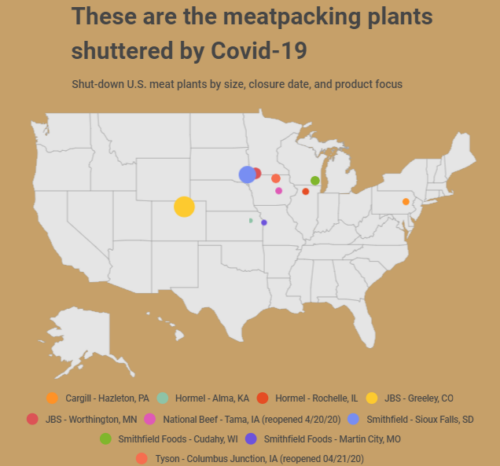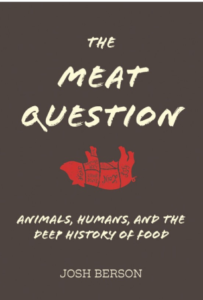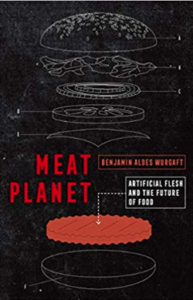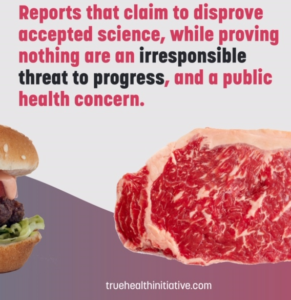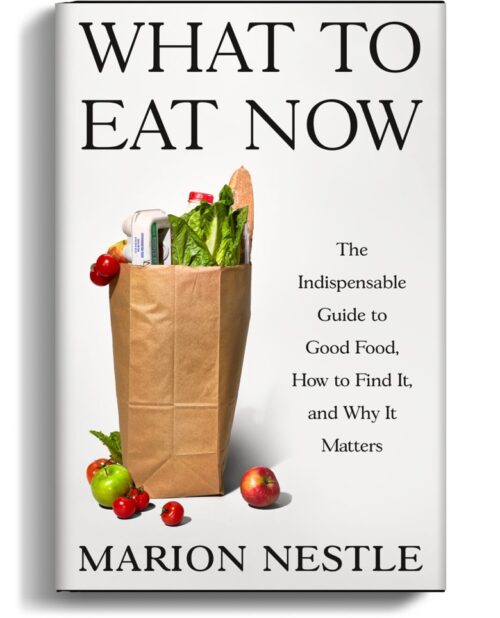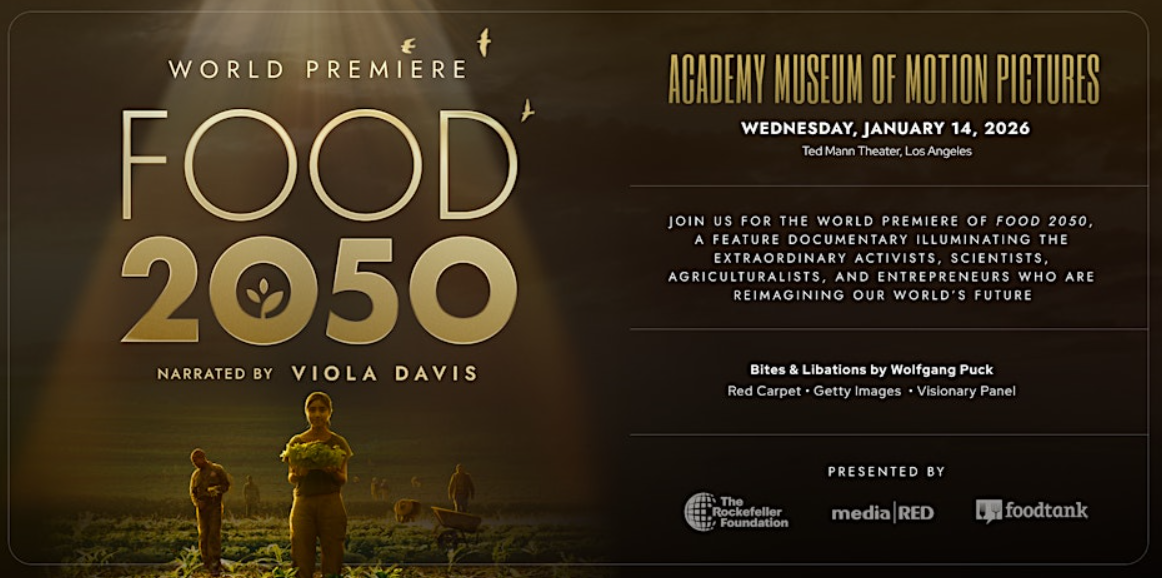Coronavirus: Trump’s order to keep meatpacking plants open
Covid-19 puts the conflict between corporate interests and public health in stark relief.
The Washington Post tells us that President Trump signed an executive order to force meat processing plants to stay open—“to head off shortages in the nation’s food supply chains”—despite the risk posted to workers from Covid-19.
Trump invoked the Defense Production Act to classify meat plants as essential infrastructure that must remain open. Under the order, the government will provide additional protective gear for employees as well as guidance.
What’s this about? The Counter explains this as the result of a public lobbying by John Tyson, chair of Tyson Foods (Big Meat) in his blog and in a full-page ad in Sunday’s New York Times. I clipped the ad. It complains that health authorities are forcing closure of his plants putting the meat supply—never mind his workers—at risk:
In small communities around the country where we employ over 100,000 hard-working men and women, we’re being forced to shutter our doors. This means one thing – the food supply chain is vulnerable…millions of pounds of meat will disappear from the supply chain…We have a responsibility to feed our country. It is as essential as healthcare….Our plants must remain operational so that we can supply food to our families in America. This is a delicate balance because Tyson Foods places team member safety as our top priority.
To this last statement, one can only respond: yeah, right.
Tyson is one of the meat Big Four along with JBS, Cargill, and Smithfield. These hold about an 80% share of the US meat supply chain, worth more than $50 billion a year. This is a highly concentrated industry; problems have a disproportionate impact.
But let’s talk about worker safety.
Food Dive is keeping track of meat plant closures
A Washington Post investigation found plenty of evidence that Tyson, JBS, and Smithfield told workers to stay on the job when sick. Workers at one Smithfield pork plant have sued the company on the grounds that they were threatened with disciplinary action if they covered their faces when coughing or sneezing as they might miss some meat on the line. Smithfield denies these allegations. In one court challenge, however, meatpacking workers have won. The courts ordered Smithfield to comply with public health guidelines at a pork plant.
I’m guessing more lawsuits are to come.
The Occupational Safety and Health Administration (OSHA) and CDC have issued new safety guidance—voluntary, of course—for meatpackers.
OSHA and the Department of Labor make it clear that the president’s order trumps (sorry) the authority of state and local health departments to shut down meat plants. Too bad if the plants are viral epicenters and put workers—and their families and community menbers—at risk.
And USDA isn’t helping. It is allowing more crowding of workers at chicken processing plants.
Here’s what the American Meat Institute says about what this industry does for its workers. Average salaries? $25,000 annually.
What power do such low-wage workers have? The United Food and Commercial Workers International Union (UFCW), which represents meatpacking employees, says 72 workers have died, and 5322 are ill from Covid-19. It lobbies on their behalf, but does not have much power.
Why? It’s worth reading the history of this organization.
Today, workers have lost power at the bargaining table. Giant meatpacking and food companies are more determined than ever to keep labor costs as low as possible and production as high as possible. This means hiring cheap labor, maintaining intolerably high line speeds, demanding cuts in wages and benefits from unionized facilities…Other companies actively exploit our broken immigration system, purposely recruiting and hiring undocumented immigrants to create a disposable workforce. These immigrants often don’t speak English and aren’t aware of labor laws or their rights on the job. It’s a vulnerable, easily-intimidated workforce too afraid to speak out…This has resulted in an industry where workers have less bargaining power, where it’s becoming harder and harder to earn enough to support families, and where it’s becoming less safe to work.
Covid-19 confirms these points.
I consider this an American tragedy.


